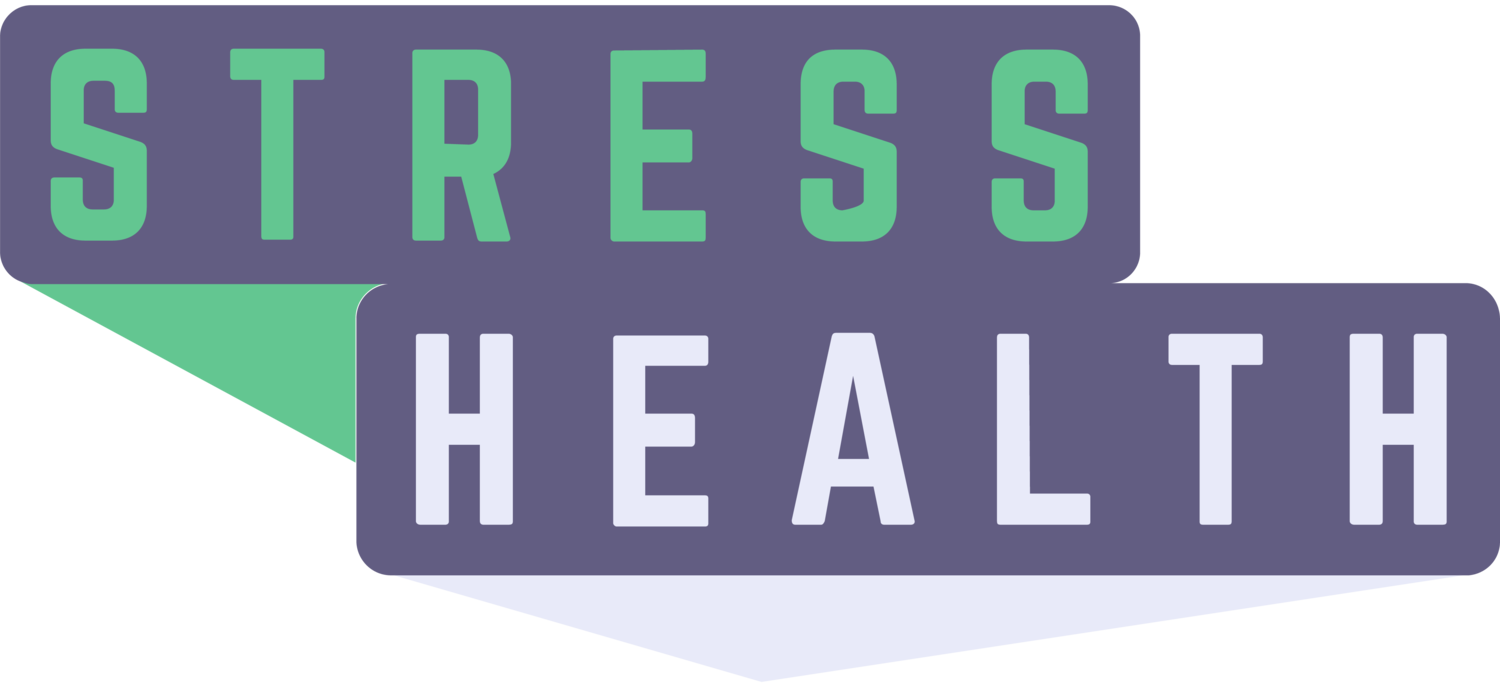“I Like to Move It, Move It!” – How Dance and Other Rhythmic Movement Can Reduce the Impact of ACEs
If you’ve watched “Madagascar,” you’re sure to have seen King Julien leading the jungle in a rousing chant of “I Like to Move It, Move It” while doing just that.
It turns out King Julien was onto something. If the iconic lemur king were a scientist, he might have written a dazzling paper on what our ancestors already knew: Dance can help heal what ails you.
As it is, more and more researchers studying the healing power of rhythmic movement on people who’ve experienced trauma from ACES, short for Adverse Childhood Experiences, such as abuse or neglect.
Among them is Dr. Bruce Perry, a psychiatrist and senior fellow at the Child Trauma Academy in Houston who advocates dance, drumming, walking and other rhythm-based movements to help kids with trauma.
In a book about trauma and the power of play, Perry explains that kids with developmental trauma can lose their ability to think when they feel threatened. This is because their fight-flight alarm goes off, he says, and stress chemicals quickly shut down their thinking brain (frontal cortex) as well as their emotional brain (limbic brain).
All that’s left working is the primitive brain. Fortunately, it responds well to rhythm.
This is in part because of the first rhythm a baby hears in the womb: the beat of his mother’s heart. Perry notes that scientists have found babies in utero have patterns of nerve activity linked “with not not being hungry not being thirsty, and feeling safe.”
Repetitive rhythmic activity “elicits a sensation of safety,” Perry writes. “Rhythm is regulating. All cultures have some form of patterned, repetitive rhythmic activity as part of their healing and mourning rituals – dancing, drumming, and swaying.”
“The only way to move from these super-high anxiety states to calmer, more cognitive states, is rhythm,” he concludes.
These rhythmic activities, he’s pointed out, can be anything from dancing, running, walking, and singing to yoga, drumming and skate-boarding – many of which have resulted in “significant” improvement in trauma symptoms in his patients.
Some other programs have seen similar results.
“I am asked how hip hop and skateboarding can help a child with depression or ADHD,” wrote Dr. Sarah MacArthur of the San Diego Center for Children on the center’s blog. “Yet 70% of the children [in such activities] showed improvement in symptoms of depression, anxiety, and PTSD.”
What you can do
Traumatized children often need professional help, but here are some simple ways parents and teachers can incorporate rhythmic movement to help children with ACEs, according to a presentation by child development specialists at Arizona State University.
Rock and jump. For toddlers and small children with complex trauma, try “rocking, rocking, rocking….Linear input is generally calming,” according to the presenters. Their advice? Hold them while you rock in a chair or gliding rocker or let them jump up and down on a trampoline.
Walk like the animals. Remember your toddler pretending to be a T-Rex? Adding more animal movements such as bear-walking is great idea, since swaying the head from side to side is also calming.
Take a stroll outdoors. Researchers have found nature itself has a calming effect on mood, and walking is one of the movements that can helps stabilize a child in distress. If you have small children, invite the older one to push the stroller (or a toy stroller).
Drum. Kids love drumming along to music on a drum or plastic container, and the rhythm helps with self-regulation.
Try yoga (for older children). “Exercise and mindfulness training helps the stressed out brain,” according to the presenters. Since yoga provides both movement and mindfulness –two interventions that researchers have found useful for treating ACEs – it’s especially powerful.
References
Dobson, C., & Perry, B.D. (2010). “The role of healthy relational interactions in buffering the impact of childhood trauma,” in Working with Children to Health Interpersonal Trauma: The Power of Play (E. gil, Ed.), The Guilford Press, New York, pp 6-43.
Perry, B.D., and Hambrick, E. (2008). The Neurosequential Model of Therapeutics (NMT), Reclaiming Children and Youth, 17 (3) 38-43.
Perry, B.D. Born for Love: The Effects of Empathy on the Developing Brain. (2013, March 8). Presentation at Annual Interpersonal Neurobiology Conference “How People Change: Relationship & Neuroplasticity in Psychotherapy,” UCLA, Los Angeles.
“Wellness Innovations Transform Children.” (2013, June). San Diego Center for Children.



